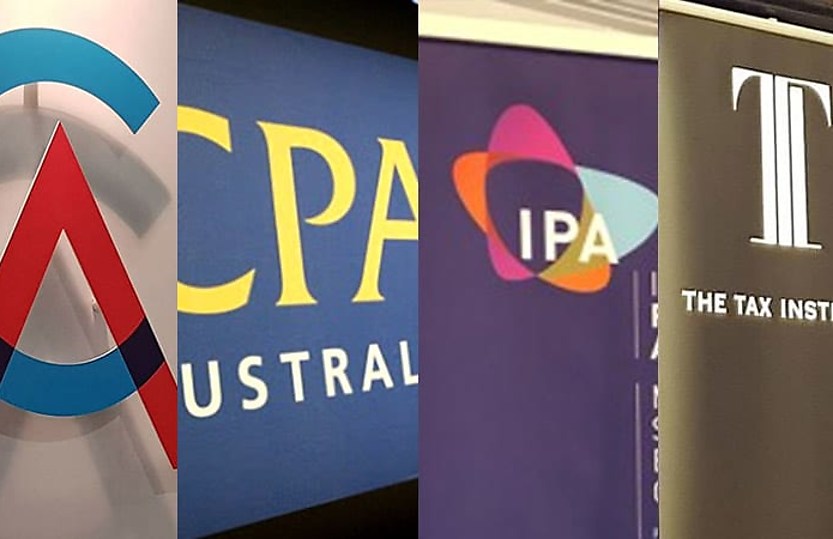ATO urged to postpone tax determination on NALI and CGT

The ATO must delay its tax determination concerning non-arm’s length income and capital gains tax until the non-arm’s length income expense provisions are settled, say industry associations.
The major accounting bodies, SMSF Association and Tax Institute have requested the ATO to hold off finalising its tax determination on the interaction between the non-arm’s length income provisions and capital gains tax until the legislation governing non-arm’s length income and expenses (NALI/E) is settled.
The ATO released TD 2023/D1 in late June which explains how the non-arm's length income and capital gains tax provisions interact to determine the amount of statutory income that is non-arm's length income.
In a recent submission, the industry associations noted that the Treasury had recently consulted on proposed changes to the NALI/E provisions in the the Income Tax Assessment Act 1997.
“The final form of the NALI/E rules is currently unknown, given that they are likely to be amended,” the submission said.
“We therefore request that the ATO not finalise this draft TD until the law has been settled. If necessary, we request that, after the NALI/E provisions have been settled, the ATO republish the draft TD with suitable amendments as a revised draft before it is finalised.”
Potential policy issues with ATO’s proposed position
The industry associations also outlined that certain aspects of the ATO’s approach outlined in the draft TD may not be consistent with community expectations.
“In the time available to us, we have not been able to determine that the approach outlined in the draft TD is not incorrect in allocating capital losses against capital gains in the taxpayer’s chosen manner for the purposes of calculating the non-arm’s length and low tax components,” the submission said.
“In any event, we believe that the irrelevance of the ability to choose the order in which capital gains are offset by capital losses in steps 1 and 2 of the method statement in section 102-5 of the ITAA97 due to the operation of subsection 295-550(1) of the ITAA97 is not consistent with community expectations. We believe that this is a question of policy that needs to be urgently raised with Treasury.”
The industry associations also warned that the proposed calculation method outlined in the tax determination may lead to unfair tax outcomes for super funds.
“We recognise that the results of the calculations in the draft TD arise because of section 102-5 of the ITAA97 which arrives at a single amount of statutory income, being the net capital gain,” the associations said.
“This provision works effectively for individual and corporate taxpayers who need to calculate a single amount of statutory income to include in their assessable income and which is taxed at either marginal tax rates or a flat corporate tax rate. However, superannuation funds face three possible tax rates – 0 per cent for exempt current pension assets, 15 per cent for non-pension assets and 45 per cent for any NALI/E income.”
The associations said the inability to disaggregate the net capital gain calculated under the method statement in section 102-5 of the ITAA97 interacts awkwardly with the operation of subsection 295-550(1) of the ITAA97 which is designed to identify NALI amounts and subject them to a higher rate of tax.
“The effect of the single amount of statutory income being used for the purposes of section 295-550 is that arm’s length capital gains are aggregated with non-arm’s length capital gains in calculating the net capital gain under section 102-5 of the ITAA97. This results in arm’s-length capital gains forming part of the non-arm’s length component,” it said.
“This is a disproportionate outcome and unfairly taxes arm’s length capital gains at a penal rate.”
The submission explained that section 102-5 of the ITAA97 appropriately applies to segregated and proportional pension assets because of Subdivision 295-F of the ITAA97.
“A similar approach needs to apply to NALI/E capital gains. We recognise that this is a policy matter which we will raise with the government and the Treasury,” the associations said.
The associations also warned that there was significant complexity in determining the amount of the non-arm’s length component under section 295-550 of the ITAA97, taking into account its interaction with the method statement in section 102-5 of the ITAA97.
“Aside from the issue relating to the inability to disaggregate arm’s length capital gains from non-arm’s length capital gains in calculating the net capital gain, taxpayers need to consider the operation of the market value substitution rules (MVSRs), the submission said.
The operation of the MVSRs is further modified by subsections that deal specifically with NALI, for example section 116-30(2C), it said.
“The draft TD would benefit from further explanation and clarification regarding how the MVSRs affect the outcomes needed to correctly calculate the relevant capital gains,” the associations said.
About the author

